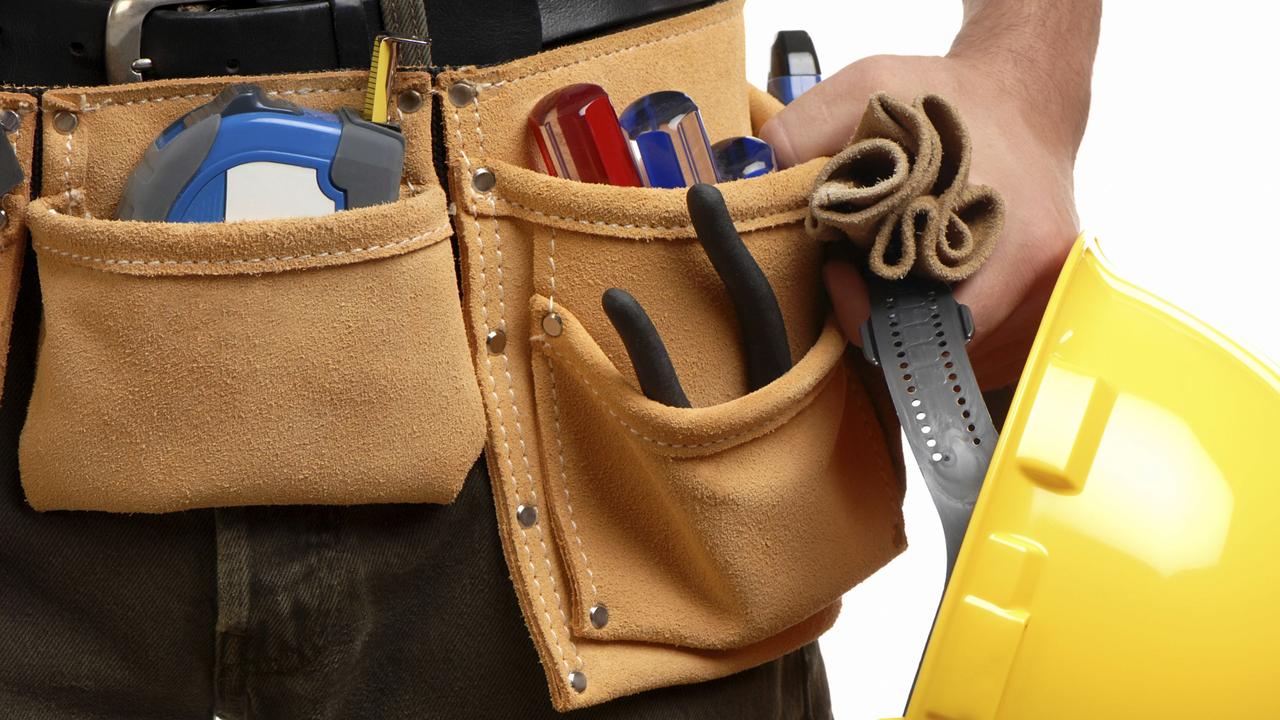Strict rules on dredging shipping channel at Outer Harbor, EPA says
Dredging to widen the shipping channel at Outer Harbor will proceed under strict licence conditions, the Environmental Protection Authority has announced

SA News
Don't miss out on the headlines from SA News. Followed categories will be added to My News.
- Outer Harbor dredging go-ahead ‘an environmental catastrophe’
- Dredging of Outer Harbor wins approval from government
- Oysters at risk over dredging go-ahead
- Safer to dump waste soil at sea, report finds
Dredging to widen the Outer Harbor shipping channel will proceed under strict licence conditions, the Environment Protection Authority has announced.
The conditions will be aimed at ensuring turbidity and sea grass loss is minimised and dolphins are protected.
While yet to be finalised, they will take into account the 85 submissions received during consultation late last year.
The main concern raised was seagrass loss, as well as spread of pests and disease and harm to marine life.
EPA science and information director Keith Baldry said: “Some loss of seagrass is inevitable in an operation of this nature, but the licence conditions aim to contain it to the immediate area around the channel as far as possible. When channel dredging took place in 2005-6, turbidity in the water was a major cause of seagrass loss because the sand stirred up blocked the light to the plants.

“To combat this, dredging operations will not start until autumn and will be condensed into the shortest time frame possible.”
SA Oyster Growers Association chairman Rob Kerin said delaying dredging until at least March, when the water would be cooler, would prevent the spread of Pacific oyster mortality syndrome (POMS), because the virus flared up when the temperature was high.
Mr Kerin said State Government agencies had “put their best people in there to work out what the possible risks might be”.
“They've been really good on this, they've gone in and batted for us hard, they've modified the dredge plan so any bivalves or shellfish they find they've got to move out of (the dredged spoil),” he said.
Spoil from dredging will be disposed of 30km offshore in the gulf, at the same site used during the previous channel deepening project, because piping waste to land would be too risky if there was a bust.
The licensing will follow the Government’s development approval last May.
Greens MLC Mark Parnell cautioned that the EPA had “not yet issued a licence, only an intention to do so”.
“The only thing that matters is the licence itself and the words used to describe Flinders Ports’ obligations,” he said.
“Unless the obligations are tightly worded with no wriggle room, the chance of another environmental disaster as occurred in 2005 is increased.”
What the EPA has demanded
NO dredging until March.
DREDGING must minimise turbidity and be done as quickly as possible.
PROBES will monitor water quality in real-time, and satellite imagery will identify any plumes.
ALARMS and stop-work triggers will be enforced if turbidity limits are exceeded for too long.
QUALIFIED observers must be hired to protect dolphins.
DISPOSAL of spoils must be contained to the same area used in the 2005-6 dredging.
SPOILS must be evenly distributed across the designated area to minimise ‘mounding’.
GPS tracking of vessels.
FLINDERS Ports must obtain a Native Vegetation Council permit to clear any seagrass.
SEAGRASS monitoring must continue for up to three years.



